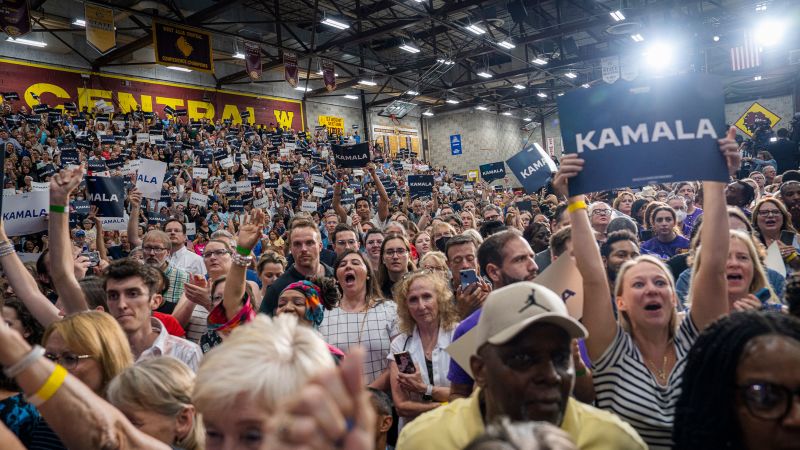The upcoming presidential election is expected to be one of the most tumultuous in recent history, with many unknown factors at play. To understand what may happen in the last 100 days leading up to the election, Michael Smerconish speaks with a presidential historian. They delve into the significance of the Democratic National Convention in Chicago and discuss potential running mates for Vice President candidate Kamala Harris.
The Democratic National Convention in Chicago is seen as a pivotal moment in the election cycle, where the party will officially nominate their candidate for President. This event will set the stage for the final push leading up to the election in November. The choice of running mate for Kamala Harris, the presumptive Democratic nominee for Vice President, will also be crucial in shaping the narrative of the campaign. Speculations are abound about who Harris will pick, and the impact that choice will have on the overall ticket.
Looking at history, there is a lot that can be learned from past presidential races in the last 100 days before the election. Historical precedents can provide insights into the potential outcomes and strategies that may be employed by the candidates. By studying the patterns and trends of previous elections, experts can make informed predictions about how the current race may play out in the final stretch.
One key factor to watch in the last 100 days of the election is the impact of external events on the campaign. Unexpected events, such as natural disasters or international crises, can have a significant influence on the candidates’ messaging and strategies. These external factors can shape the priorities of the electorate and change the dynamics of the race in unpredictable ways. Being able to adapt to these unforeseen circumstances is crucial for the candidates to maintain their momentum and appeal to voters.
In addition to external events, the candidates themselves will also play a critical role in shaping the final months of the campaign. Their performances in debates, speeches, and public appearances will be closely scrutinized by the media and voters. How they handle pressure, respond to attacks, and articulate their policy positions will all be factors that influence their chances of success in the election. The ability to connect with voters and inspire confidence will be key for both candidates as they make their final push for the White House.
As the election draws closer, the focus will shift to key battleground states and demographics that will determine the outcome of the race. Understanding the dynamics of these swing states and the preferences of different voter groups will be essential for the candidates to secure victory. The final 100 days leading up to the election will be a crucial period for both parties to make their case to the American people and rally support for their respective campaigns. The outcome of the election remains uncertain, but the events of the last 100 days will undoubtedly play a significant role in determining the next President of the United States.


